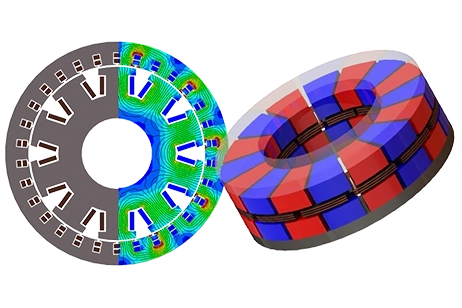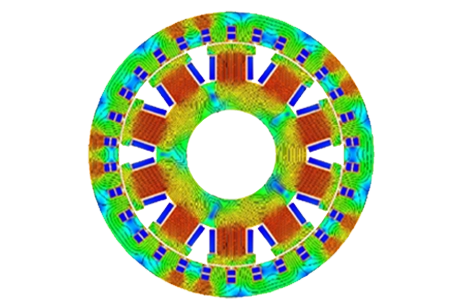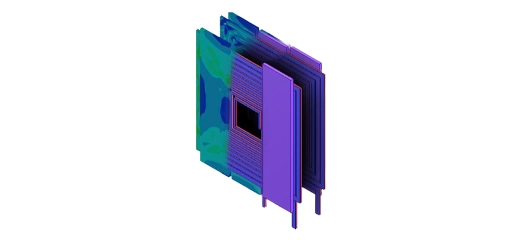Master PMSM Design – Join Our Course on December 16, 2025 -
Register Now!
Revolutionizing Electrical Machine and Drive Systems with EMWorks
Innovative Simulation for Enhanced Efficiency and Performance
Discover EMWorks' solutions for electrical machines & drives design. Our software enables precision, sustainability, and innovation in engineering.
-

Electric Motors
Discover EMWorks' electromagnetic design software tailored for motors. Revolutionize electrical machines and drives innovation with EMWorks. -

Generators
Discover EMWorks' electromagnetic design software tailored for generators. Revolutionize electrical machines and drives innovation with EMWorks.



